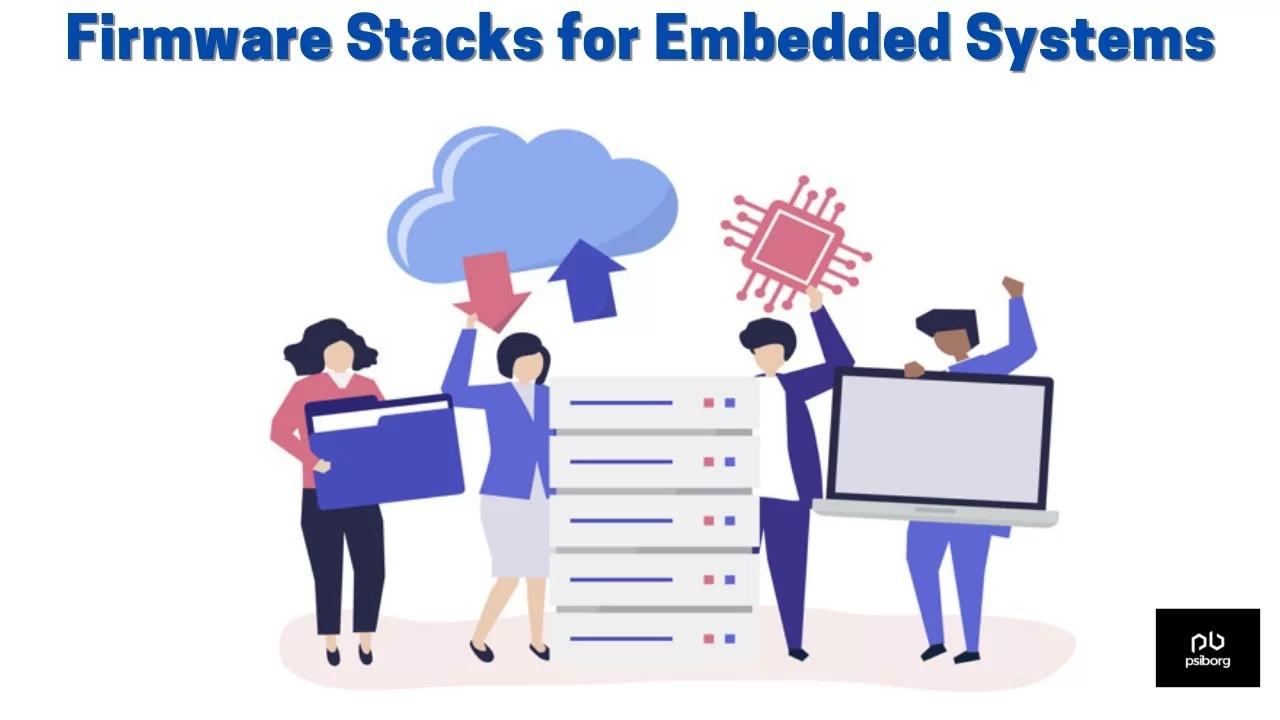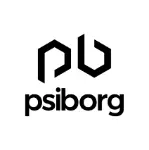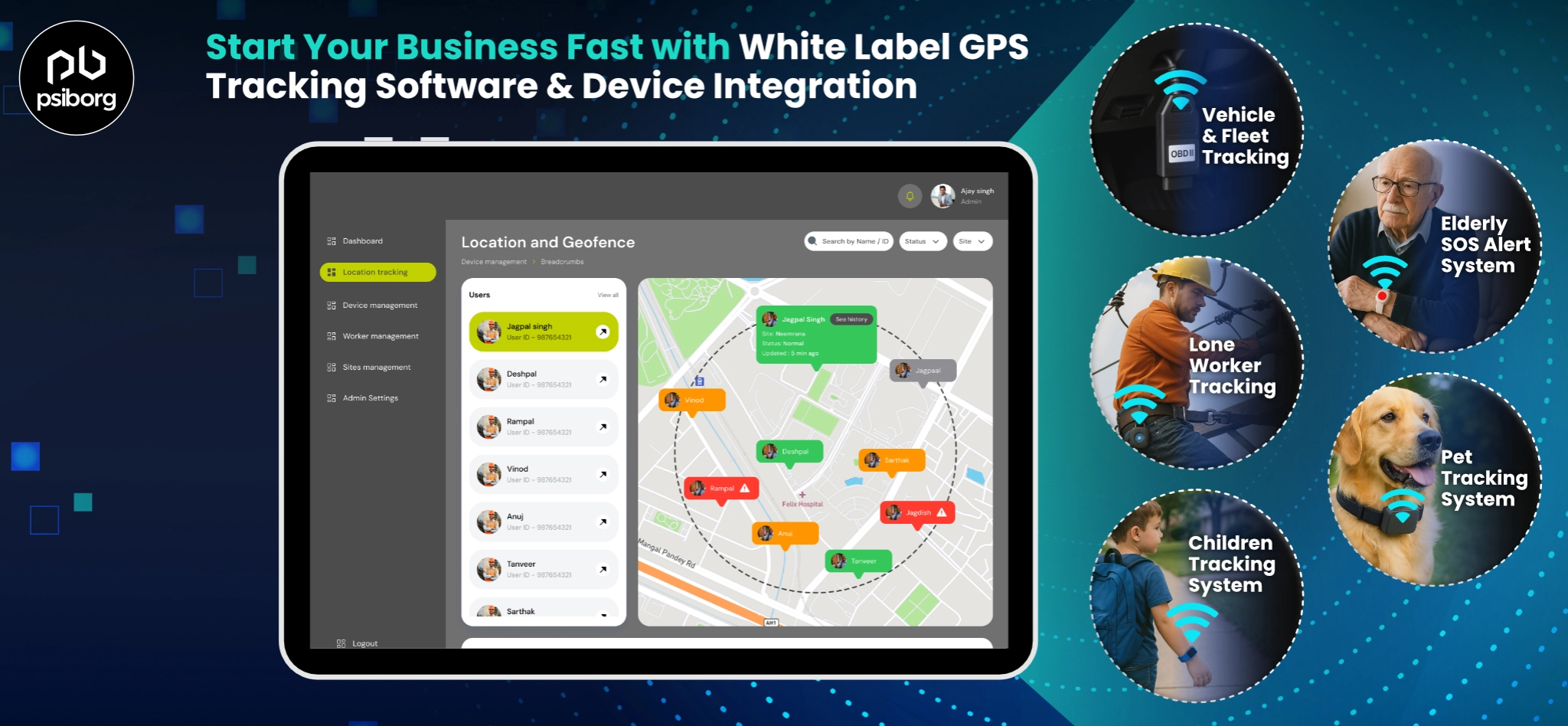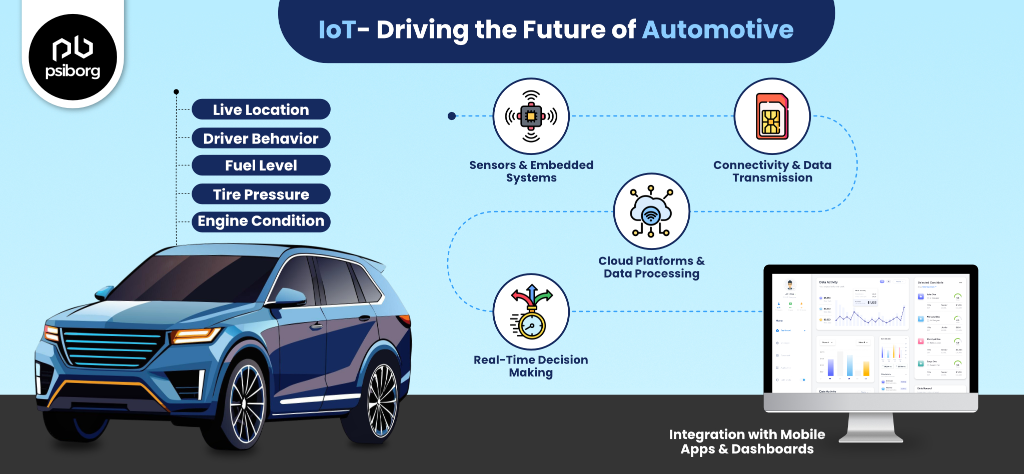
PROGRAMMING EMBEDDED SYSTEMS
Developing any kind of software is difficult. But, developing embedded systems is a whole new difficulty level. Embedded Firmware developers not only have to understand the internal workings of an embedded processor but also need to possess a good knowledge of embedded hardware design as well. There are various Tips for Embedded Firmware Development to make the process smooth and robust.
Embedded systems are made to fulfil a dedicated task, in contrast with a personal computer that is used to do many different tasks. Hence, sometimes known as a general-purpose computer for a clear distinction. Embedded systems perform a specific task because they are generally a component within a larger system. From the first time embedded systems were used in 1965 in the MIT Instrumentation Lab to this day where almost all devices in our vicinity have embedded systems in them, this technology has come a long way. Like, for example, laser printers use embedded systems to manage various aspects of printing. Apart from the main printing task, it performs many other tasks like taking user input, managing communication with the computer, handling faults and sensing how many papers are left in the tray, etc.
Another example is modern-day vehicles. There are different embedded systems for different tasks to be performed, like one embedded system controls the antilock brake system, one monitor and controls the vehicle’s emissions, while the third displays different information on the IoT dashboard.
It should be noted that general-purpose computer interfaces are made of multiple embedded systems. Each of these systems contains a processor and software that is designed to perform a specific task.
Alternatively, ICs (Integrated Circuits) or Microcontrollers can be used with the hardware instead of the processor and software combination. But, the latter is generally more flexible, easy to use, cheaper and less power-intensive.
ABOUT EMBEDDED FIRMWARE DEVELOPMENT
Embedded firmware development, as we saw in the previous section can be quite difficult to develop. Mainly because the firmware has to be compatible with the embedded hardware design. But the term “embedded hardware” is not a precise term. It can range from a 4-bit microcontroller to an 8-pin one to even a large CPU. Hence, we are going to list down some tips for Embedded Firmware Development that should be kept in mind while developing firmware.
1. MAKE ADEQUATE USE OF TOOLS AVAILABLE BY THE VENDOR
There are various tools that simplify firmware development for you. Like, an integrated environment can make your development process a lot easier. It can auto-complete your code, show documentation of your classes while you’re using it, organize the build process, auto-format code, highlight the code so it becomes more readable, etc. This automation helps the development process become more efficient and less tedious.
2. KNOW YOUR OPERATING SYSTEM INSIDE OUT
If you’re using any operating system to develop the firmware, it is important for you to have a good understanding of what it does. Explore around, have a look at how tasks and schedules work, check configurations, get an overview of the inter-process communications, etc. This ensures that your code does not show any strange errors and crashes from using unprotected global variables.
3. BE IN SYNC WITH OTHER EMBEDDED DEVELOPERS
Constantly keep an eye on sources like GitHub, GitLab, source force, etc so that you get some libraries from there that will help you save a lot of time and effort. If you need something there is a high chance that someone has already written it. Also, make sure to join some communities and get your code reviewed by another developer.
4. WRITE YOUR EMBEDDED CODE IN A TOP-DOWN APPROACH
Use Unified Modelling Language to graphically work out your code. This will allow you to discuss the more complicated parts of the code. Once you have a module-wise overview of how things work, start with writing the headers and then the source code. If one module uses resources of another module, mention it in the header and use it like it was already implemented.
Always make sure to use meaningful names for variables and functions. It should be easy to determine what a function does from its name.
5. USE SOURCE AND VERSION CONTROL
Source control is very useful when you’re not the only one developing the firmware. All the developers involved can know the latest version being used, and can easily branch and merge code as well. Even while working alone, source control helps you to learn how to handle rebases and merges as well as using git flows.
These tips for embedded firmware development might sound very simple, but you should abide by it while developing firmware to get the best results with the least amount of backtracking.

Suggested Reading: THINGS EVERYONE SHOULD KNOW ABOUT EMBEDDED SOFTWARE DEVELOPMENT.
FIRMWARE STACKS FOR EMBEDDED SYSTEMS
Many of us know the use of firmware in PCs. But firmware is used in some unique places in the case of embedded systems, like-
1. REAL-TIME BEHAVIOUR (TIMELINESS IN RESPONDING TO EXTERNAL STIMULI)
Industrial precision machines cannot tolerate any deviation from their specified error margins during their operations.
2. DETERMINISTIC EXECUTION
While launching missiles you probably don’t want the missiles to take different software paths each time they fly. This is a very mercurial situation and who knows what might happen if the missiles execute their software after launch? Results could be unfortunate.
3. PREDICTING THE OUTCOME
Industrial machines and manufacturing robots need to produce the same results repeatedly without deviating from the programmed behaviour. Even the slightest deviation can make the products completely unusable.
4. CLOSED SYSTEM WITH FIXED FUNCTION
In a set-top box and GPS, the software that is running does one function (or a few functions) very well without committing any errors.
5. CLOSED SYSTEM WITH LIMITED EXPANSION
Let’s take the example of the Mars Rover. Once this is made and it has departed Earth, the software should not have components going in and out of the system as a closed system can safely assume no expansion after a certain point.
6. FAST BOOT TIME
For safety reasons and better user experience, cars, mobiles and home appliances need to have a fast boot time.
7. SMALLER FOOTPRINTS
The best examples of this are smart wearables, sensors and software that need to be certified. Big software generally needs to be stored in bigger devices and they tend to be prone to error and difficult to certify.
8. SECURITY AND RELIABILITY
Isolation of mission-critical and essential elements is extremely important for some applications. Like, you obviously wouldn’t want your credit card information to be stolen while shopping, or you wouldn’t want a software crash in the DVD system of your car to bring down the radio, GPS, Bluetooth, etc.
Also Read: AUTOMOTIVE EMBEDDED DEVICES
FIRMWARE AND EMBEDDED SOFTWARE BY PSIBORG
PsiBorg is one of the best IoT service providers in India. We are your one-stop solution for all your software and Embedded firmware development services. Our professionals, with their knowledge and experience in the industry, can help you from conceptualizing the product to its deployment. Our solutions are going to be the best and the most cost effective in the market. Various embedded firmware development services include- communication protocol stack development/ integration, boot time optimization, device simulation, embedded application development, third-party module integration and many more. Get in touch with us to know more.





